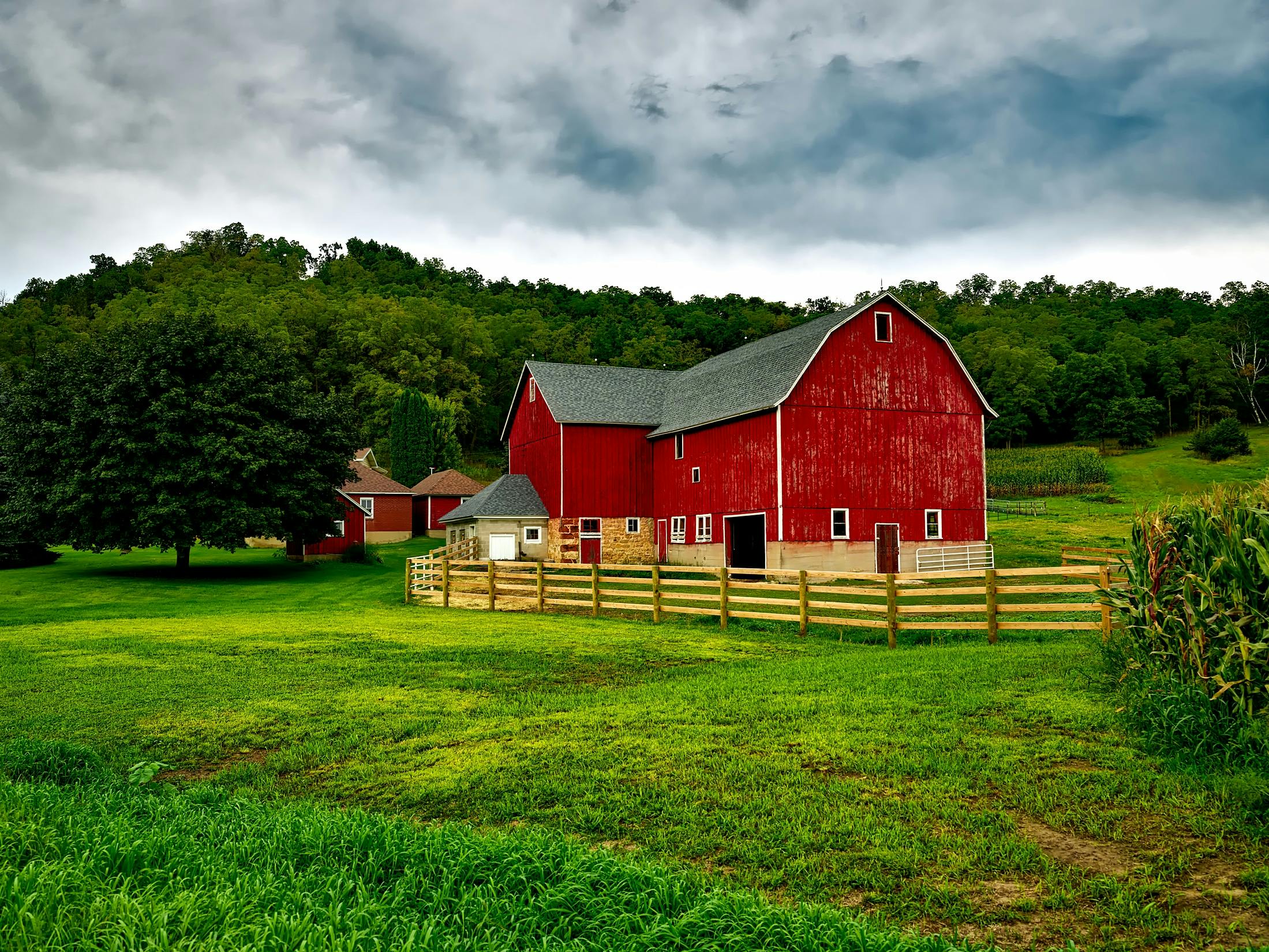Menu

In a SHTF (Shit Hits The Fan) scenario, where societal collapse, natural disasters, or other catastrophic events disrupt the normal functioning of society, defending your homestead becomes a matter of paramount importance. As the thin veneer of civilization erodes, ensuring the safety and security of your home, family, and resources becomes a top priority. In this comprehensive guide, we’ll explore strategies, tactics, and considerations for defending your homestead in a SHTF situation.
Assessing Threats and Risks
Before implementing any defensive measures, it’s essential to assess the potential threats and risks specific to your location and situation. Consider factors such as:
Fortifying Your Homestead
Once you’ve assessed the threats and risks, it’s time to fortify your homestead to deter potential intruders and protect your family and resources. Here are some key strategies for fortifying your homestead:
Defensive Tactics and Strategies
In addition to fortifying your homestead, it’s essential to develop defensive tactics and strategies to repel intruders and protect your family and resources. Here are some defensive tactics to consider:
Community Defense and Cooperation
In a SHTF scenario, strength lies in numbers. Establishing alliances and cooperative relationships with neighboring homesteads or like-minded individuals can increase your collective security and resilience. Consider forming community defense groups, sharing resources, and coordinating defensive strategies to protect your shared interests and mutual survival.
Legal and Ethical Considerations
While defending your homestead is essential for survival in a SHTF situation, it’s crucial to operate within the bounds of the law and adhere to ethical principles. Familiarize yourself with local laws regarding self-defense, property rights, and the use of force, and seek legal guidance if necessary. Exercise restraint and proportionality when responding to threats, and prioritize the safety and well-being of innocent individuals, including trespassers or looters who may be driven by desperation rather than malice.
Conclusion
In a SHTF situation, defending your homestead is a challenging but essential aspect of survival. By assessing threats and risks, fortifying your homestead, developing defensive tactics and strategies, fostering community cooperation, and adhering to legal and ethical principles, you can increase your chances of weathering the storm and protecting your home, family, and resources in the face of adversity. Remember to stay vigilant, adaptable, and resilient—and may your preparations and efforts lead to safety and security in the most challenging of times.
Our knowledgeable and friendly customer support team is ready to assist you with any inquiries you may have. Whether you need information about a product, have questions about your order, or seek guidance on preparedness strategies, we’re just a message away.
Email: info@thesurvivalprepper.com
Phone: 1-702-900-8863